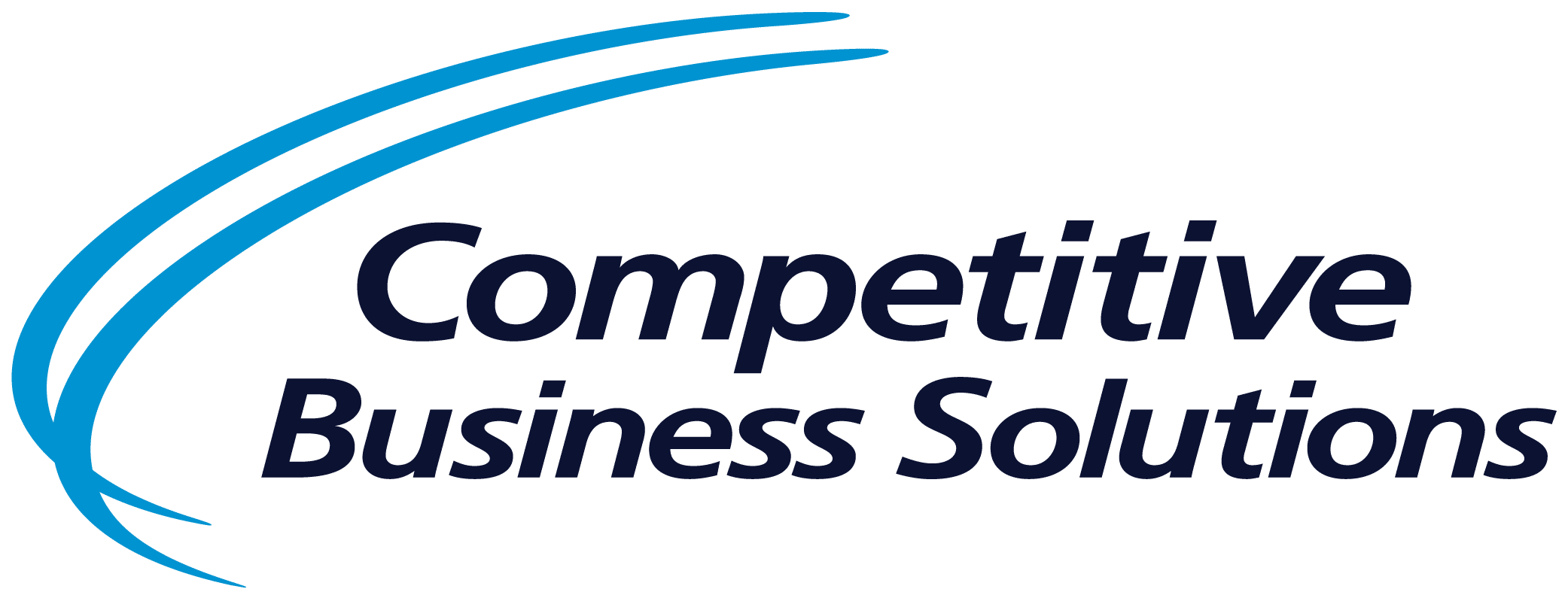Interest rates have always had a profound impact on the manufacturing sector. As an economic inevitability, their rise can take businesses by surprise, triggering a series of responses to mitigate the effects. While I’m not an economist, throughout my decades in the industry I’ve noticed several trends in the industry as businesses grapple with these changes.
Let’s look at some potential impacts and how you can leverage them to ensure the long-term health of your manufacturing business.
Bracing for Higher Capital Costs
High interest rates increase the cost of borrowing money, a common practice for manufacturers to finance operations, equipment upgrades, or facility expansion. Higher borrowing costs could make it difficult to access capital, pose challenges to new investments, or exacerbate existing debts. As a response, improving operational efficiency can be critical. Implementing lean manufacturing practices can streamline production, reduce waste, and ultimately counterbalance the increased capital costs.
Consumer Spending and Cash Management
Interest rates can also sway consumer spending habits. As borrowing becomes pricier for consumers, their purchasing power diminishes, potentially affecting the demand for manufactured goods. In this scenario, efficient management of the cash-to-cash cycle time becomes a survival tactic. (For more on why this is critical to your operational survival, check out this article.) By maintaining a close watch on payable accounts, inventory levels, and receivable accounts, businesses can ensure financial stability.
Weathering Fluctuations in Exchange Rates
Higher interest rates often attract foreign investors seeking better yields, which in turn can drive up the value of the local currency. This makes exported goods from the manufacturing sector more expensive for foreign buyers, posing challenges for international competitiveness. Operational efficiency and diversifying “make-where” strategies can be crucial in offsetting this risk, ensuring profits from international sales continue.
Reconsidering Investment Decisions
Manufacturers heavily rely on long-term planning and investments. High-interest rates might make investments in new manufacturing facilities or R&D projects less appealing. This could result in a slowdown in capital expenditure and innovation within the sector. However, it also presents an opportunity to refocus investment strategies. Processes like Strategy Deployment become pivotal, ensuring critical initiatives deliver the most significant impact on company outcomes.
The Bigger Picture: Economic Complexity
The relationship between interest rates and manufacturing is also influenced by overall economic conditions, market demand, and government policies. The complexity of these factors makes it challenging to draw broad generalizations about the impact of interest rate increases. However, strategies revolving around improved operational efficiency, competitiveness enhancement, sustainability focus, and investment considerations can help navigate these complexities.
Nurturing Resilience and Efficiency
Manufacturers must seize the opportunity to become more self-sufficient, reduce reliance on borrowing, and improve internal processes to navigate high-interest rates successfully. By harnessing efficiency strategies across operations and supply chains, they can increase productivity and mitigate the negative effects of higher interest rates on profitability. This not only helps manufacturers adapt to changes in interest rates but also bolsters their resilience against market disruptions and economic downturns.
Prioritizing Investments
Higher interest rates can challenge investment decisions by making capital-intensive projects less attractive. However, this dynamic presents an opportunity to reassess, re-evaluate, and prioritize investments. By strategically allocating resources and investing in efficiency-driving technologies, manufacturers can optimize operations and effectively cope with higher borrowing costs.
Wrapping up, an increase in interest rates should catalyze manufacturers to bolster efficiency. By embracing efficiency strategies and making informed investment decisions, manufacturers can mitigate the impacts of higher interest rates and position themselves for long-term success in a fluctuating economic landscape.



